Envelope Materials for Building: A Comparative Analysis for Enhanced Energy Efficiency and Sustainable Construction
DOI: 10.23977/jmpd.2024.080214 | Downloads: 23 | Views: 1010
Author(s)
Yunsheng Zhai 1
Affiliation(s)
1 Yunnan College of Foreign Affairs & Foreign Language, Kunming, Yunnan, China
Corresponding Author
Yunsheng ZhaiABSTRACT
Against the backdrop of continuous growth in energy consumption and increasing environmental pressure, improving building energy efficiency has become an important issue that people have to face. The building envelope plays a crucial role in this. Although traditional building materials have superior structural performance, they have significant deficiencies in heat conduction and sound insulation. To solve this problem, this study compared the differences in energy efficiency, heat conduction performance, economy and sound insulation performance between traditional concrete, thermal insulation foam materials and nano thermal insulation materials. Among them, nano thermal insulation materials had the best performance in improving energy efficiency, with an increase rate of 48.7%. In the thermal conductivity performance test, the thermal conductivity of nano insulation materials was the lowest, with an average of 0.01 W/m•K. The cost-benefit ratio of nano thermal insulation materials in economic analysis was 0.2. In the final 24-hour sound insulation performance test, the average STC value of the nano insulation material was 65, indicating the most stable performance. From the specific experimental values, it can be seen that nano thermal insulation materials have significant advantages in improving building energy efficiency and improving sound insulation performance.
KEYWORDS
Building Energy Efficiency, Thermal Insulation Materials, Building Envelope Structure, Thermal ConductivityCITE THIS PAPER
Yunsheng Zhai, Envelope Materials for Building: A Comparative Analysis for Enhanced Energy Efficiency and Sustainable Construction. Journal of Materials, Processing and Design (2024) Vol. 8: 117-124. DOI: http://dx.doi.org/10.23977/jmpd.2024.080214.
REFERENCES
[1] Fan Zhixuan, Zhao Yunchao, Jiang Dahua, et al. The influence of surface material properties on thermal insulation effect of composite walls [J]. Science, Technology and Engineering, 2022, 22 (19): 8452-8458.
[2] Li Binbin. Research on the application of SiO2 aerogel materials in building wall insulation [J]. Guangdong Building Materials, 2021, 37 (3): 72-75.
[3] Dong Y, Kong J, Mousavi S, et al. Wall insulation materials in different climate zones: A review on challenges and opportunities of available alternatives[J]. Thermo, 2023, 3(1): 38-65.
[4] Aslan A. Effect of thermal insulation on building energy efficiency in Turkey[J]. Proceedings of the Institution of Civil Engineers-Energy, 2022, 175(3): 119-139.
[5] Danaci H M, Akin N. Thermal insulation materials in architecture: a comparative test study with aerogel and rock wool[J]. Environmental Science and Pollution Research, 2022, 29(48): 72979-72990.
[6] Lami M, Al-naemi F, Jabbar H A, et al. Optimisation of wasted air utilisation in thermal loss reduction in double-glazed windows of commercial buildings in cold regions[J]. International Journal of Energy and Environmental Engineering, 2023, 14(2): 145-165.
[7] Bangre A, Surwade R, Kamal M A. Prospects of Double Glazed Windows in Buildings: Energy Conservation and Environmental Sustainability[J]. American Journal of Civil Engineering and Architecture, 2023, 11(3): 64-69.
[8] Chihab Y, Garoum M, Laaroussi N. Dynamic thermal performance of multilayer hollow clay walls filled with insulation materials: Toward energy saving in hot climates[J]. Energy and Built Environment, 2024, 5(1): 70-80.
[9] Carlier R, Dabbagh M, Krarti M. Energy performance of integrated wall and window switchable insulated systems for residential buildings[J]. Energies, 2022, 15(3): 1056-1061.
[10] Ji X, Zhuang Y, Lim W, et al. Seismic behavior of a fully tempered insulating glass curtain wall system under various loading protocols[J]. Earthquake Engineering & Structural Dynamics, 2024, 53(1): 68-88.
[11] Haj Hussein M, Monna S, Abdallah R, et al. Improving the thermal performance of building envelopes: An approach to enhancing the building energy efficiency code[J]. Sustainability, 2022, 14(23): 16264-16275.
[12] Zaborova D, Musorina T. Environmental and energy-efficiency considerations for selecting building envelopes[J]. Sustainability, 2022, 14(10): 5914-5926.
[13] Balo A, Karyeyen S. Evaluation of energy efficient building envelope alternatives for sustainable cities[J]. International journal of energy studies, 2023, 8(2): 131-150.
| Downloads: | 4087 |
|---|---|
| Visits: | 253366 |
Sponsors, Associates, and Links
-
Forging and Forming
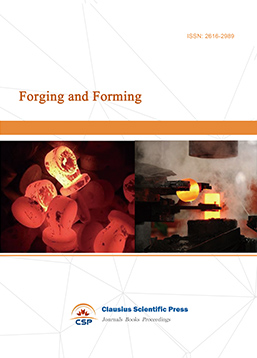
-
Composites and Nano Engineering
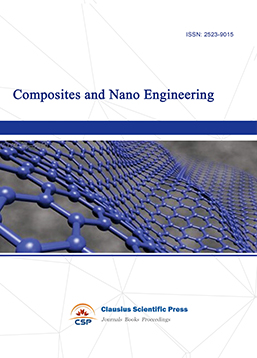
-
Metallic foams
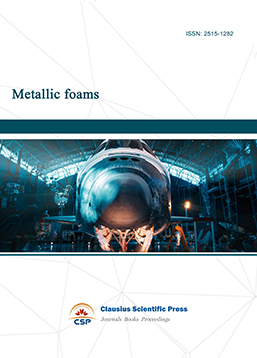
-
Smart Structures, Materials and Systems
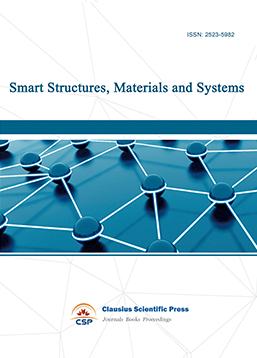
-
Chemistry and Physics of Polymers
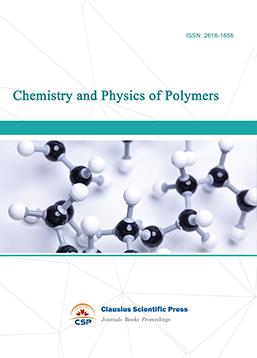
-
Analytical Chemistry: A Journal
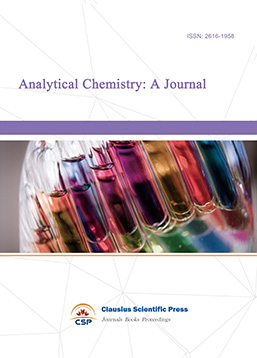
-
Modern Physical Chemistry Research

-
Inorganic Chemistry: A Journal
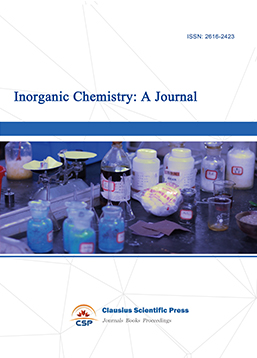
-
Organic Chemistry: A Journal
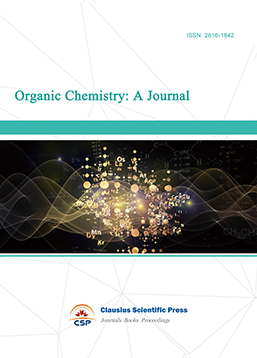
-
Progress in Materials Chemistry and Physics
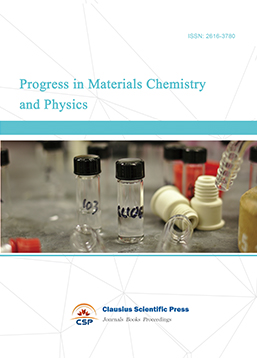
-
Transactions on Industrial Catalysis
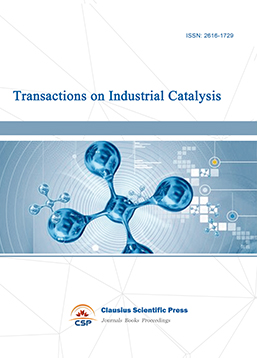
-
Fuels and Combustion
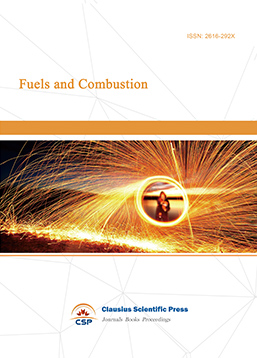
-
Casting, Welding and Solidification
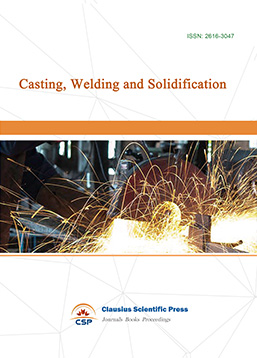
-
Journal of Membrane Technology
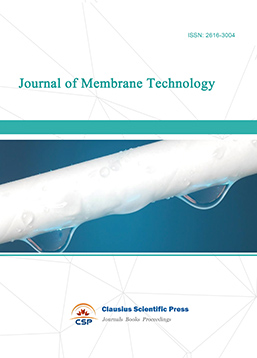
-
Journal of Heat Treatment and Surface Engineering
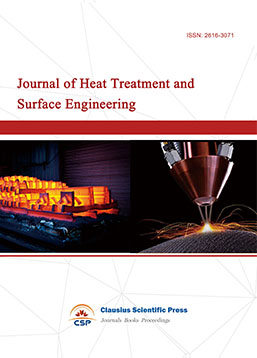
-
Trends in Biochemical Engineering
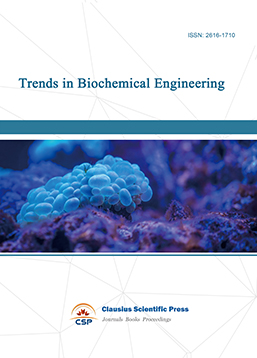
-
Ceramic and Glass Technology
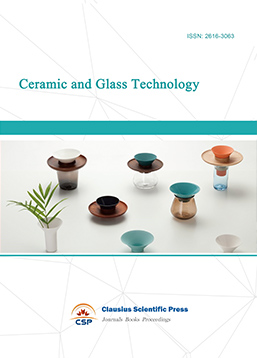
-
Transactions on Metals and Alloys
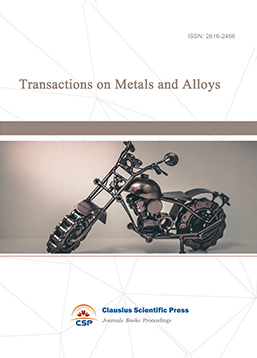
-
High Performance Structures and Materials
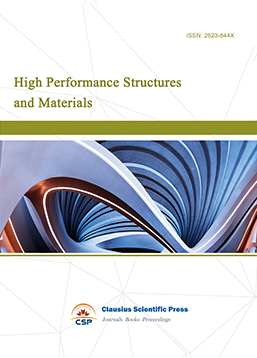
-
Rheology Letters
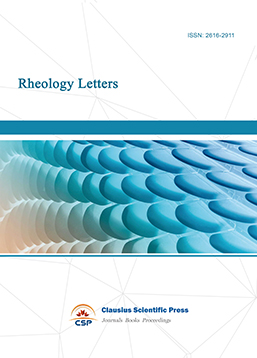
-
Plasticity Frontiers
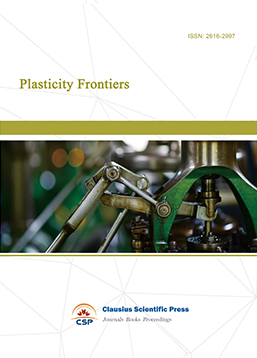
-
Corrosion and Wear of Materials
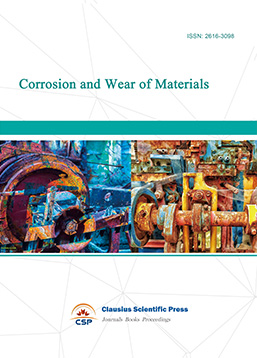
-
Fluids, Heat and Mass Transfer
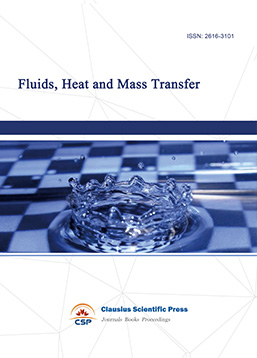
-
International Journal of Geochemistry
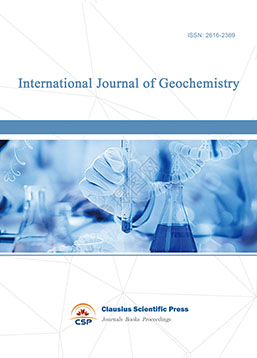
-
Diamond and Carbon Materials
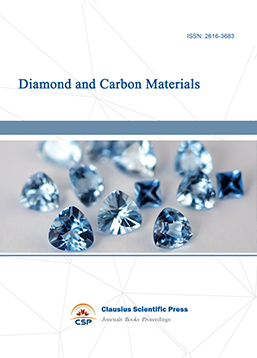
-
Advances in Magnetism and Magnetic Materials
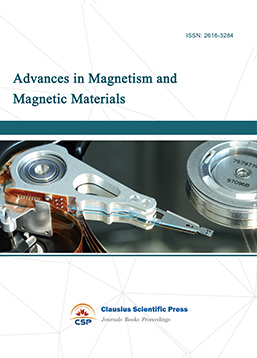
-
Advances in Fuel Cell
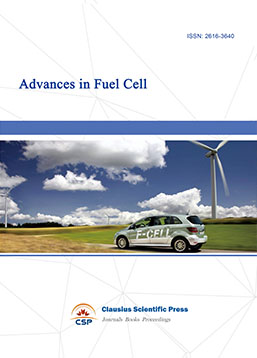
-
Journal of Biomaterials and Biomechanics
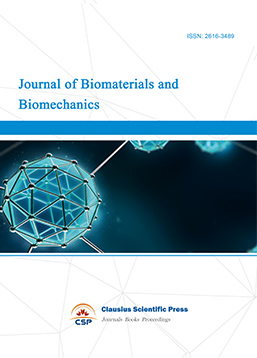

 Download as PDF
Download as PDF